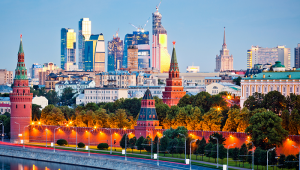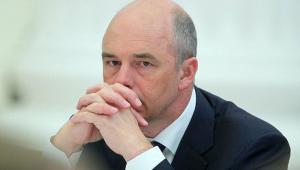Only $17bn was left at the end of 2017, it was reported by the Moscow Times, but that has now been merged with the National Welfare Fund.
The National Welfare Fund is supposed to cover pension payments in the mid-term but will now also be used to top up the budget.
At the start of December the reserve fund stood at $66.94bn. The ministry has been tapping into the fund for years but has only now fully exhausted it.
The fund was set up in 2008 with the purpose to top up the budget in terms of crisis, particularly if oil prices fell below the budget break-even price, of $70 now compared to $115 in the boom years.
The government is switching to a new budget mechanism that would insulate the economy, which is heavily dependent on oil, from swings on global commodity markets.
The country’s currency reserves grew from £390bn in January 2017 to £432bn by the end of the year, as a result of the rise in oil prices.
The Central Bank of Russia has said it would build up reserves to $500bn in the near future.
As the fund has been closed, the government’s excess oil and gas revenues will be paid into the National Welfare Fund as part of the new “budget rule” that has been introduced.
This rule means the excess revenues from raw material exports is sterilised in the fund so it cannot force the appreciation of the currency.






